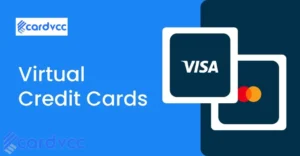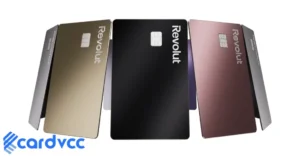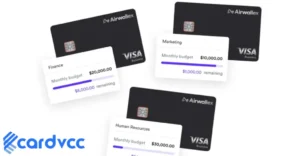To dispute a charge on your Discover credit card, log in to your online account and navigate to the “Activity & Statements” section. Select the transaction, click “Dispute Charge,” and follow the prompts.
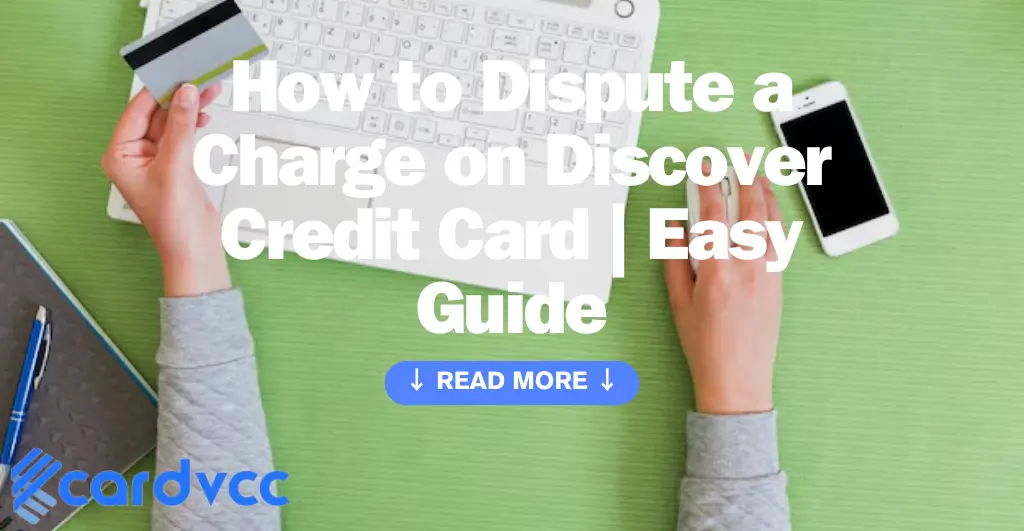
Disputing a charge on your Discover credit card can be straightforward if you follow the correct steps. Whether it’s an unauthorized transaction or a billing error, Discover makes it easy to contest charges online. By resolving disputes efficiently, you can protect your finances and maintain your credit score.
It’s essential to act promptly and provide all necessary information to support your claim. Understanding the dispute process helps ensure that your issue gets addressed swiftly and effectively. This guide will walk you through the steps to dispute a charge on your Discover credit card.
Introduction To Charge Disputes
Sometimes, your Discover Credit Card statement may show unexpected charges. This can be alarming. Knowing how to dispute a charge is crucial.
Disputing charges ensures you don’t pay for mistakes or fraud. It protects your finances. Let’s explore common reasons for disputes and why timely action is vital.
Common Reasons For Disputes
- Unauthorized Transactions: Charges you did not approve.
- Billing Errors: Incorrect amounts or duplicate charges.
- Service Issues: Paid for a service not received.
- Defective Products: Items that arrived damaged or not as described.
Importance Of Timely Action
Timely action is crucial in charge disputes. It maximizes your chances of a successful resolution.
Discover has specific time frames for disputes. Acting quickly ensures you meet these deadlines.
Here is what you need to do:
- Review your statements regularly.
- Report any discrepancies immediately.
- Provide all necessary documentation.
Taking prompt action can help resolve issues faster. It also prevents further complications.
Gathering Necessary Information
Disputing a charge on your Discover Credit Card can seem daunting. But with the right information, the process becomes straightforward. The first step involves gathering the necessary information. This will ensure you have all the details needed to support your dispute.
Review Your Statement
The first thing you need to do is review your statement. Look at the charge in question. Note the date, amount, and merchant name. Make sure this is a charge you don’t recognize or did not authorize.
- Check the date of the charge.
- Verify the amount charged.
- Identify the merchant’s name.
| Detail | Action |
|---|---|
| Date of Charge | Note it down |
| Amount Charged | Verify it |
| Merchant Name | Identify it |
Collect Supporting Documents
Next, collect supporting documents to back up your dispute. These can help prove your case. Gather receipts, emails, or any communication with the merchant.
- Locate your receipt if you have one.
- Find any emails related to the transaction.
- Compile any other relevant communication.
Having these documents ready will speed up the dispute process. It also strengthens your case, making it easier for Discover to understand your issue.
Initiating The Dispute Process
Discovering an unauthorized charge on your Discover Credit Card can be stressful. Initiating the dispute process is essential to resolve the issue quickly. Learn how to dispute a charge by contacting Discover Customer Service or using their Online Dispute Portal.
Contact Discover Customer Service
Contacting Discover Customer Service is the first step. Use the number on the back of your credit card. Speak with a representative to explain the dispute. Provide details such as the transaction amount, date, and merchant name. Be ready to answer any additional questions. The representative will guide you through the next steps.
Using The Online Dispute Portal
The Online Dispute Portal is another option. Log in to your Discover account online. Navigate to the “Account Activity” section. Find the transaction you want to dispute. Click on the transaction and select “Report a Problem.” Follow the prompts to complete the dispute form. Submit the form and wait for a response from Discover.
The online portal is convenient. It allows you to track your dispute status. You can also upload any necessary documents directly. This method saves time and helps ensure your dispute is handled efficiently.
Filling Out The Dispute Form
Disputing a charge on your Discover Credit Card involves a few steps. One crucial step is filling out the dispute form. This form allows you to provide necessary details about the disputed charge. Accurate completion ensures a smooth dispute process.
Required Information
You need to gather some essential information before filling out the dispute form. Here’s a list of what you need:
- Your Discover Credit Card number
- Date of the disputed charge
- Amount of the disputed charge
- Merchant name
- Reason for the dispute
Tips For Accurate Completion
Accurate completion of the form is critical. Here are some tips:
- Double-check all the information before submitting the form.
- Ensure the reason for the dispute is clear and concise.
- Attach any supporting documents or receipts.
- Use the correct format for dates and amounts.
Following these tips helps avoid delays in the dispute process. A properly filled form speeds up the resolution of your dispute.
Tracking Your Dispute Status
Once you’ve disputed a charge on your Discover credit card, it’s essential to track the status. This ensures you stay informed about your claim’s progress. Discover offers several ways to do this efficiently. Here’s how you can keep track of your dispute status.
Checking Online
One of the easiest ways to track your dispute status is online. Discover provides a user-friendly interface on its website.
- Log in to your Discover account.
- Navigate to the Account Activity section.
- Select Disputes to see the status of your claims.
In this section, you can view the details of each dispute. It shows the current status and any updates. This method is convenient and accessible 24/7.
Regular Updates From Discover
Discover also sends regular updates regarding your dispute status. These updates may come via email or SMS, depending on your preferences.
| Update Method | Details |
|---|---|
| You receive detailed status updates in your inbox. | |
| SMS | Get quick notifications directly on your phone. |
These updates help you stay informed without needing to log into your account. Keep your contact information updated to ensure you receive these notifications.
Following these steps makes tracking your dispute status simple and stress-free. By staying informed, you can ensure any issues are resolved promptly.
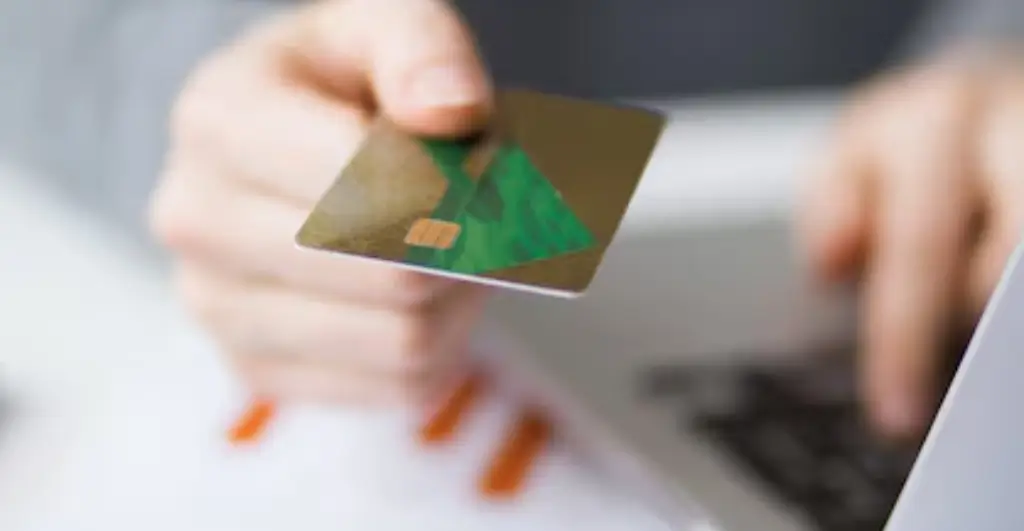
Are virtual credit cards effective for fraud prevention?
Protecting your financial information is crucial. One way to do this is by using virtual credit cards. But, are virtual credit cards effective for fraud prevention? Let’s find out.
What is a Virtual Credit Card?
A virtual credit card is a digital version of a physical credit card. It has a unique card number, expiration date, and security code. These details are used for online purchases. Virtual credit cards are linked to your actual credit card account.
How Does a Virtual Credit Card Work?
When you create a virtual credit card, it generates a temporary card number. This number is different from your actual credit card number. You use this temporary number for online shopping. Once you complete the purchase, the virtual card number can no longer be used.
Benefits of Virtual Credit Cards
Virtual credit cards offer several benefits. These benefits help protect your financial information and reduce the risk of fraud.
1. Enhanced Security
Virtual credit cards provide enhanced security. They use a unique card number for each transaction. This means your actual credit card number is never exposed. Even if a hacker steals the virtual card number, they can’t use it for another transaction.
2. Limited Use
Virtual credit cards have limited use. You can set a spending limit and expiration date. This limits the amount of money that can be charged. It also reduces the time the card is active. These features make it harder for fraudsters to misuse the card.
3. Easy To Cancel
Virtual credit cards are easy to cancel. If you suspect any fraudulent activity, you can cancel the virtual card immediately. This prevents further unauthorized transactions. You don’t need to cancel your actual credit card, which can be inconvenient.
4. Convenience
Creating a virtual credit card is quick and easy. Many banks and financial institutions offer this service. You can generate a virtual card through their online platforms. This means you can shop online securely without waiting for a physical card to arrive.
Drawbacks of Virtual Credit Cards
While virtual credit cards offer many benefits, they also have some drawbacks. It’s essential to be aware of these before deciding to use them.
1. Limited Acceptance
Not all online merchants accept virtual credit cards. Some websites may require a physical card number. This can limit your shopping options. Always check if the merchant accepts virtual cards before making a purchase.
2. Recurring Payments
Virtual credit cards are not ideal for recurring payments. These payments require a card number that stays valid for a long time. Since virtual cards are temporary, they may not work for subscriptions or memberships.
3. Refund Issues
Getting a refund with a virtual credit card can be tricky. If the virtual card has expired, the merchant may not be able to process the refund. You may need to contact your bank to resolve this issue.
How to Get a Virtual Credit Card
Getting a virtual credit card is simple. Follow these steps to create one:
- Contact your bank or credit card issuer. Check if they offer virtual credit cards.
- Sign up for their virtual card service. This is usually done through their online platform or mobile app.
- Generate a virtual credit card. Set the spending limit and expiration date.
- Use the virtual card number for online purchases.
Are Virtual Credit Cards Effective for Fraud Prevention?
Virtual credit cards are effective for fraud prevention. They add an extra layer of security to your online transactions. Here are some key points to consider:
- Virtual credit cards protect your actual card number. This reduces the risk of it being stolen.
- The limited use and expiration date make it harder for fraudsters to misuse the card.
- You can quickly cancel a virtual card if you suspect fraud. This stops unauthorized transactions immediately.
- Virtual cards are convenient and easy to create. This makes them a practical solution for secure online shopping.
Join Cardvcc & Instantly Create Virtual Credit Cards
Looking for a reliable virtual credit card provider? Join Cardvcc and instantly create virtual credit cards. Visit cardvcc.com to learn more.
Resolving The Dispute
Once you have submitted your dispute to Discover, the resolution process begins. Discover will investigate the disputed charge. They will contact the merchant for information. This section will guide you on what happens next and what to do if your dispute is denied.
Possible Outcomes
After Discover completes their investigation, there are three possible outcomes:
- Charge Reversed: Discover finds in your favor and reverses the charge.
- Charge Upheld: The merchant provides evidence that the charge is valid.
- Partial Adjustment: Discover may adjust part of the charge if applicable.
You will receive a notification from Discover explaining the decision. If the charge is reversed, the amount will be credited back to your account.
Steps If The Dispute Is Denied
If Discover denies your dispute, don’t worry. You still have options:
- Review the Evidence: Check the evidence provided by the merchant.
- Gather More Information: Collect any additional proof you may have.
- Contact Discover: Reach out to Discover for a detailed explanation.
- File a Complaint: If necessary, file a complaint with the Consumer Financial Protection Bureau (CFPB).
Staying organized and keeping records can help you succeed in disputing charges. Always check your statements regularly.
Preventing Future Disputes
Disputing charges can be stressful. Prevent future issues by being proactive. Monitoring your account and setting up alerts helps you stay on top of things.
Monitoring Your Account
Regularly review your account statements. Check every transaction for accuracy. This helps identify any unauthorized charges early.
Set a weekly reminder to review your statement. This habit ensures you don’t miss anything. If you spot something odd, report it immediately.
Use the Discover mobile app. The app makes it easy to check your account on the go. You can view transactions, statements, and more.
Setting Up Alerts
Alerts notify you of account activity. They help catch unauthorized charges quickly. Discover offers various alert options for your convenience.
| Alert Type | Description |
|---|---|
| Transaction Alerts | Get notified of every purchase made. |
| Balance Alerts | Receive updates on your account balance. |
| Payment Alerts | Reminders for upcoming payments due. |
Enable alerts via the Discover website or app. Go to settings and select the alerts you want. Customize them to fit your needs.
Consider setting low transaction alerts. This way, you get notified of small charges. These could indicate fraudulent activity.
Stay vigilant to prevent future disputes. Regular monitoring and alerts are key to safeguarding your account.
Additional Resources
When disputing a charge on your Discover credit card, having access to additional resources can make the process smoother. Below are some key resources to help you resolve your dispute efficiently.
Discover Customer Support
Discover offers excellent customer support to assist with disputes. You can contact their support team via phone, chat, or email. Their representatives are trained to handle charge disputes and can guide you through the necessary steps.
Here are some ways to reach Discover Customer Support:
- Phone: Call the number on the back of your card.
- Chat: Visit the Discover website and use the chat feature.
- Email: Log in to your account and send a secure message.
For a quicker response, have your account details and transaction information ready.
Consumer Protection Agencies
Consumer protection agencies can also help if you face issues with your dispute. They provide resources and support to ensure fair treatment.
Here are some agencies you can contact:
| Agency | Contact Information |
|---|---|
| Consumer Financial Protection Bureau (CFPB) | Visit CFPB website |
| Federal Trade Commission (FTC) | Visit FTC website |
| Better Business Bureau (BBB) | Visit BBB website |
These agencies can provide guidance and may intervene if needed.
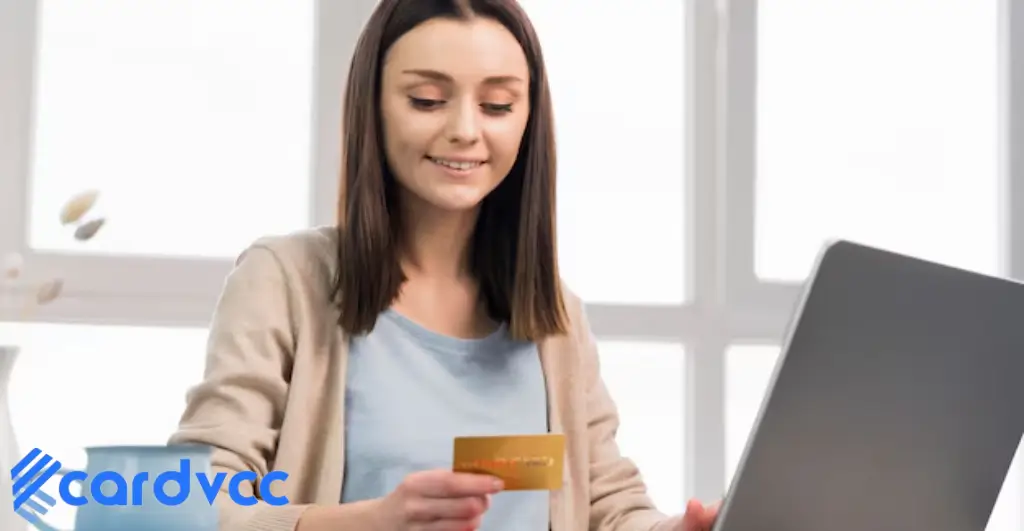
Frequently Asked Questions of How to Dispute a Charge on Discover Credit Card
How To Start A Discover Dispute?
To start a dispute on your Discover card, log into your account online. Navigate to the “Activity & Statements” section. Select the transaction you want to dispute and follow the prompts. You can also call Discover’s customer service for assistance.
What Documents Are Needed For A Dispute?
Documents required for a dispute include receipts, emails, and any communication with the merchant. These documents help prove your case. Make sure to have all relevant information ready. This will make the process smoother and faster.
How Long Does Discover Dispute Take?
A Discover dispute typically takes 30 days to resolve. However, complex cases may take longer. Discover will keep you updated throughout the process. Check your account for updates regularly.
Can I Dispute A Discover Charge Online?
Yes, you can dispute a charge online through your Discover account. Simply log in and go to “Activity & Statements. ” Select the transaction and follow the dispute process. It’s quick and convenient.
Conclusion
Disputing a charge on your Discover credit card can be straightforward. Follow the steps outlined and stay organized. Contact Discover promptly and provide the necessary documentation. Keep track of your communications and responses. By being proactive, you can resolve issues efficiently and protect your financial interests.

